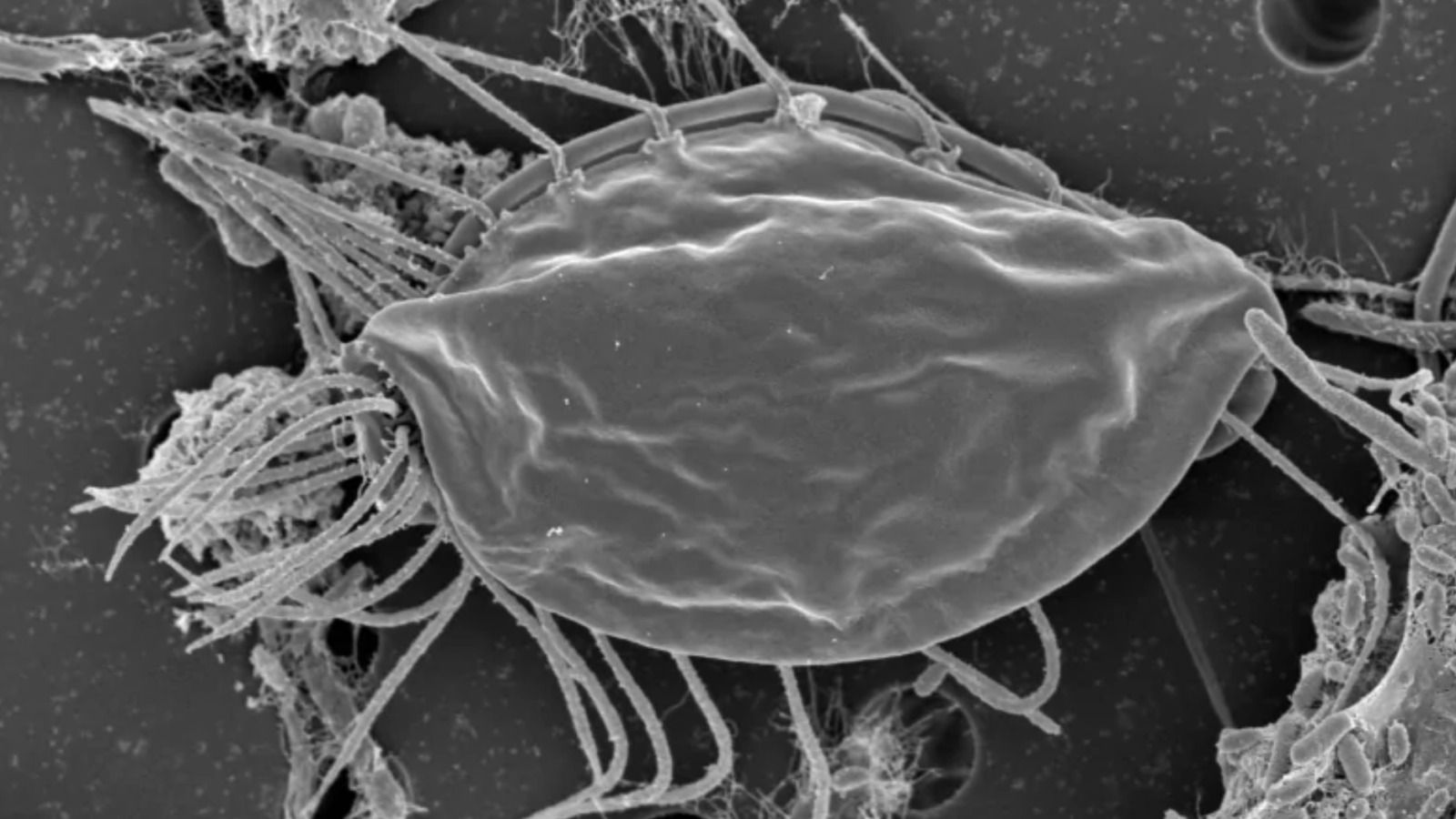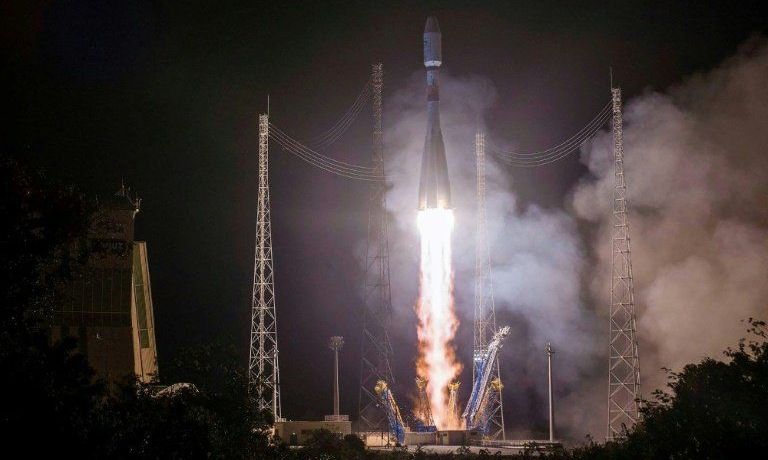
Xiaomi has a couple of new products out in Walmart and gave press the rundown today at an event in New York City. The first is a 150-inch laser projector going for $1,999.99 at Walmart doubles up as a television with Android TV. It may seem overpriced for what it is, but it also marks one of Xiaomi’s infrequent expansions into American offerings.
There are a couple of things to break down here, namely that projector is oddly expensive for a 1920 × 1080p screen. Xiaomi says it has no concrete plans to bring a 4K version to the US, and that this is the same model it’s sold in China. You could have found cheaper 1080p projectors back in 2016.
Still, the laser projector has a number of positives including an ultra-short throw, so it can be placed 20 inches from the wall and still display a bright, colorful image, in contrast with other projectors that might need to be placed at the back of a room and show a more faded image. There’s also a detector on top of the projector so if you get too close to the laser, the projector will shut off its light automatically to prevent you from damaging your eyes. The device also comes with a corresponding remote control with which you can summon Google Assistant.
Continue reading “Xiaomi made a 150-inch $2,000 laser projector exclusively available at Walmart” »


















